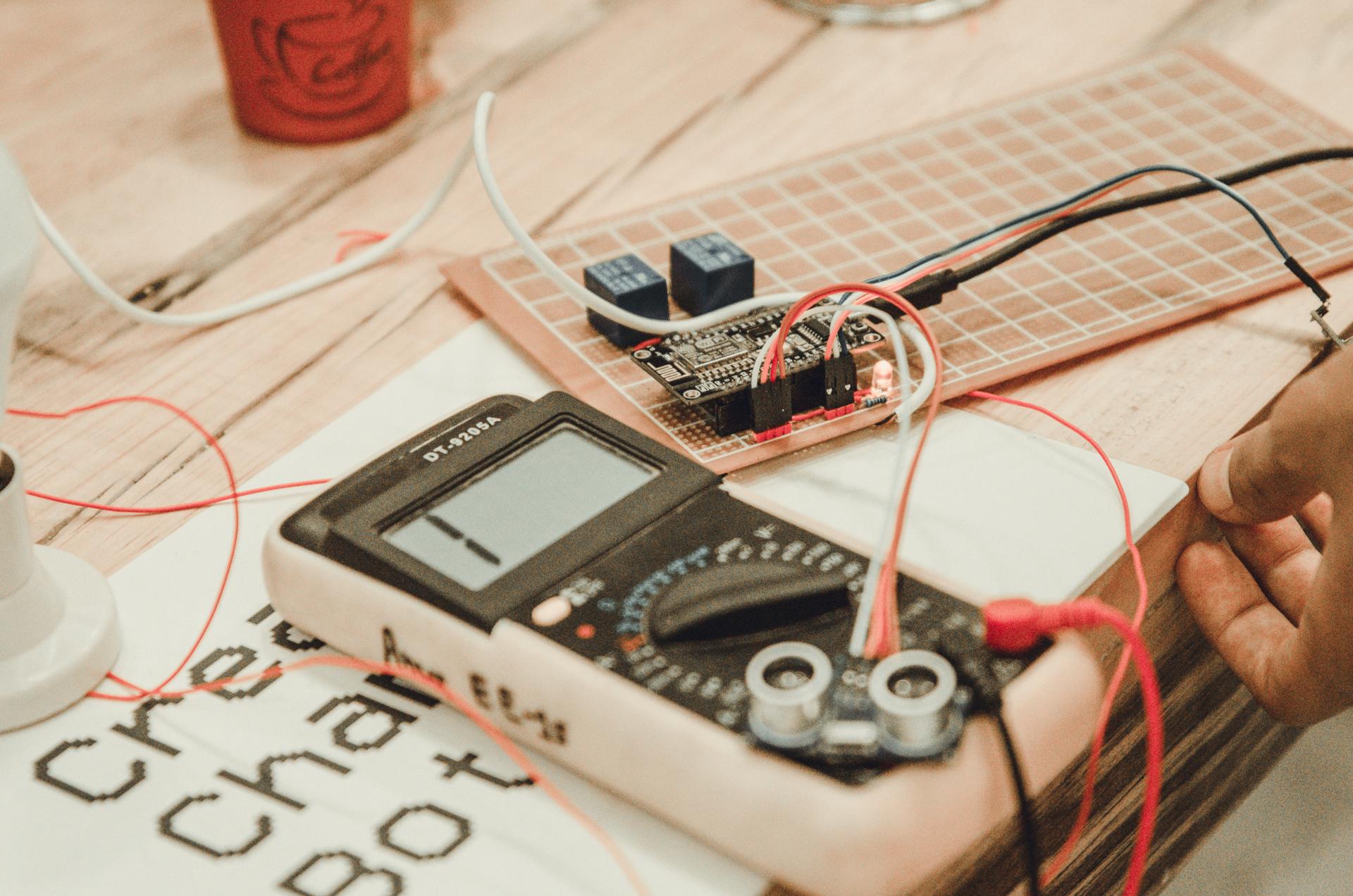A Novice's Guide to Conducting an Electric Safety Test at Your Place

When it comes to home safety, one of the most important areas to consider is electrical safety. Testing for electrical safety is the process of checking the electrical system in your home to be sure that it is safe and in compliance with the latest standards. In this article we’ll give you information on what electrical safety testing are, what equipment you’ll require for conducting them, the best method to conduct the tests and the warning signs to be on the lookout for.
What exactly is an Electrical Safety Test?
An electrical safety test is the process of inspecting the electrical system within your home to make sure it is safe and working in a proper manner. The importance of electrical safety tests is because they can help avoid electrical fires and accidents, and ensure the longevity that your electric system has.
Tools Required to conduct an Electrical Safety Test
To conduct an electrical safety test, you’ll need a few essential equipment. They include an electrical voltage tester and a continuity tester circuit tester along with outlets tester. It is utilized to test for live circuits while the continuity tester checks for damaged circuits. Circuit testers are used to check for wiring faults and outlets testers are used to check for wiring problems in the outlets. It’s important to use these devices correctly to get accurate results.
How do you conduct an electrical Safety Test
To perform the electrical test at your home, follow these steps:
Turn off the power for the circuit that you’re conducting tests on.
Make use of this voltage tester to check for live circuits.
Utilize the test for continuity to look for damaged circuits.
Make use of the circuit tester for checking for any wiring issues.
Make use of the outlet tester to look for electrical problems in the outlets.
During the testing process, be sure to look for signs of damage or wear on the wiring for example, broken or frayed wires burn marks and loose wires. If you find any issues, it’s important to address them as soon as possible to avoid potential hazards.
Signs of Electrical Problems to be Watchful For
There are several indicators that may indicate electrical problems in your home. This includes flickering lights and frequent circuit breaker trips, buzzing or crackling sounds emanating from outlets. They also include outlet that are hot or discolored, and a burning smell. If you notice any of these warning indicators, you must act immediately to prevent potential electrical hazards.
Conclusion
Electrical safety tests are crucial to ensure the safety of your home and your family. By performing regular tests and taking care to address any issues immediately to avoid any potential hazards to electrical equipment and extend the life of your electric system. If you need assistance with electrical testing and repairs do not hesitate to call Local Electrician Bondi. Our experienced team can offer you expert advice and assistance. Contact us via 1300 610 481 to schedule an appointment or to request a quote.
FAQ Section
What is the recommended frequency to do an electrical safety test in my home?
We recommend conducting tests of electrical safety at least every year.
Do I have the ability to conduct an electric safety check on my own , or do I need the help of a specialist?
While it’s possible to perform an electrical safety test by yourself, it’s recommended to hire an expert to ensure the accuracy of results and avoid potential hazards.
Are there any frequent electrical issues that are discovered in an electrical safety check?
The most frequently-repeated electrical issues found during a safety test are malfunctioning wiring, overloaded circuits and obsolete electrical systems.
What should I do if I encounter a problem in the electrical safety test?
If you find an issue in the electrical safety test, it’s important to take action immediately. This may include getting a professional electrician to resolve the issue or replacing damaged equipment.
